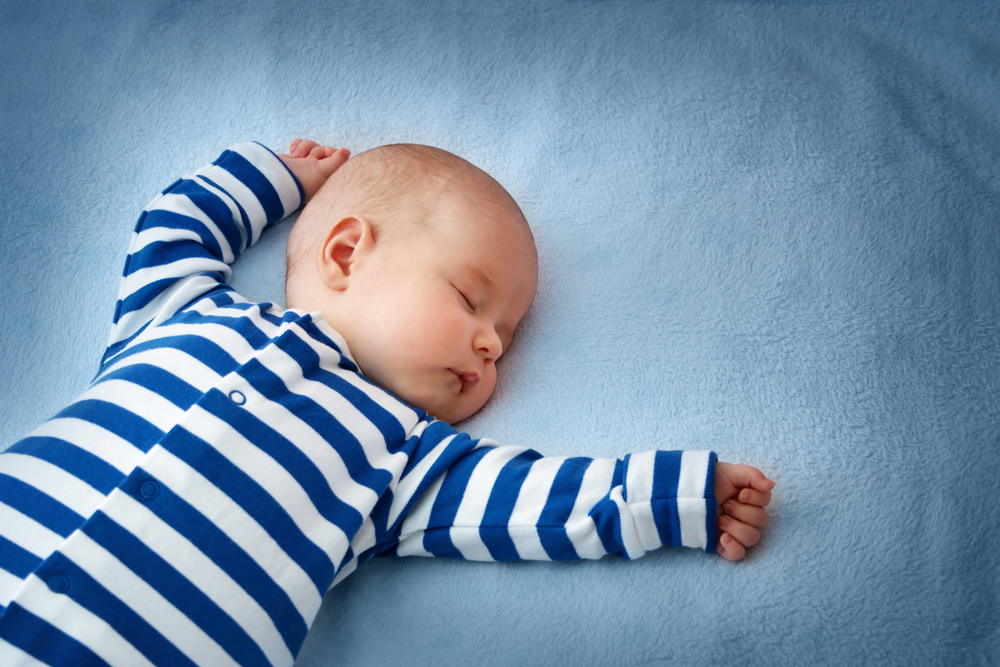The best place for a baby to sleep is in the same room as the parents, but not in the same bed. This is where a pack ‘n play comes in.
These units serve as a crib for your baby and a playpen for your child after they can walk. They also give you a place to change diapers and give baths.
If you’re away from home for an extended period, a pack n play might be the only place your baby will feel safe enough to sleep and rest.
But here the question is: Is it safe for your baby to sleep in a pack ‘n play?
According to the American Academy of Pediatrics, cribs and Pack N Plays are safe to use for babies to sleep if you follow the safe sleep guidelines of CPSC.
Creating a home for your new baby can be the most exciting part of the experience. You want to make sure that you are providing everything that your baby needs.
A Pack n Play is an easy-to-store, foldable, full-size travel crib that is perfect for newborns and infants up to 3 years old.
It’s considered one of the most versatile pieces of baby gear on the market.
So, let’s check some other essential things that help you to make valuable decisions:
What is Sudden Infant Death Syndrome?
Sudden Infant Death Syndrome (SIDS) is defined as the sudden death of an infant that appears to be unexplained after a patently healthy period.
It is among the leading causes of death in infants between 1 month and one year old. SIDS accounts for about 2,500 deaths per year in North America.
How Can You Lower The Risk of SIDS?
Many parents worry about the risk of SIDS. The American Academy of Pediatrics considers a pack n play to be safe for your baby to sleep in if you follow these guidelines:
- Make sure all mattress edges are fitted with a firm sheet or blanket.
- Keep your baby on its back.
- Never place your baby on soft surfaces, such as pillows, sheepskins, comforters, quilts, and stuffed toys.
- Never use a pack n play that has been recalled.
So always follow these safe sleep guidelines to be on the safe side.
What is the Safest Position for Baby To Sleep?
When it comes to babies, safety is a top concern. When you’re choosing the safest position for your baby to sleep in, there are a few factors to consider.
The American Academy of Pediatrics recommends a variety of safe sleeping positions for infants and children of all ages.
One key factor in determining the best place for your baby to sleep is deciding on their age.
Considering the age of your infant will help you determine which of the following safe sleeping positions is best:
- Baby on the back (secure until 3 months old)
- Baby on stomach (secure until 6 months old)
- Baby on the side (secure until 6 months old)
- Baby supine or head down (secure until 6 months old)
Why Should You Use a Firm Flat Surface?

A firm flat surface is the only safe place for your baby to sleep. Your baby needs a firm, flat surface to rest securely. A firm, flat surface provides vital support for your baby’s head and neck.
If you don’t want to use a soft mattress, you can use a firm futon or foam pad that will provide enough support for your baby’s head and neck.
This type of surface is also helpful when you’re changing diapers. It makes it easier to clean up around the diaper area without having to worry about your little one moving around too much on the mattress they are sleeping on.
A firm flat surface also provides more support than most other surfaces, which can be good for your little one’s back and legs while playing or sitting up.
Having a pack n play with a firm, flat surface helps minimize injury risk by keeping your little one in one place when they are sleeping or resting during their awake time.
If you’re looking for an alternative option that still offers safety benefits, try using the Bumbo Baby Seat instead of a Pack’ n Play because it has some padding on the seat cushion, which will provide enough cushioning to make sure there aren’t any pressure points on your infant.
How Long Can Baby Sleep In a Pack ‘n Play?
Your baby’s age and weight determine the amount of time your baby can sleep in the Pack ‘n Play.
A 2-year old can sleep for up to 16 hours in a Pack n Play, while a 3-year old can sleep for up to 12 hours.
If you’re wondering how long your baby can sleep in their Pack n Play, check out these guidelines:
- Newborns under 6 months: 4-8 hours
- Newborns under 6-9 months: 8-12 hours
- Newborns under 9-12 months: 12 – 16 hours
- Newborns under 1 year: 14 – 18 hours
- Newborns under 2 years: 16 – 20 hours
- Newborns under 3 years: 12 – 17 hours
The Risks of Sharing Your Bed With Your Baby
Your baby can suffocate if they are sleeping with you. If your baby isn’t able to breathe correctly during the night, they may wake up crying.
It’s essential that you remain calm and not fall asleep with your baby on top of you.
Your baby could also become injured if they roll over onto an object like your head, neck, or arm.
Of course, many parents still choose to share their beds with their babies because it’s convenient and more comfortable than having them sleep somewhere else.
However, you mustn’t do this without considering these risks first.

